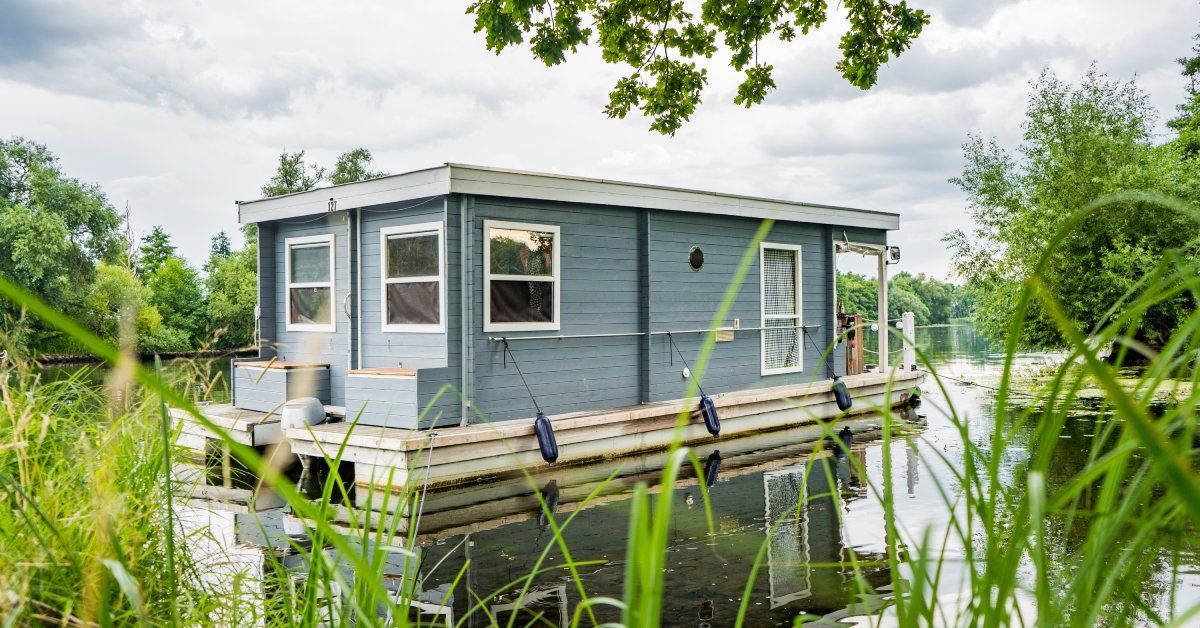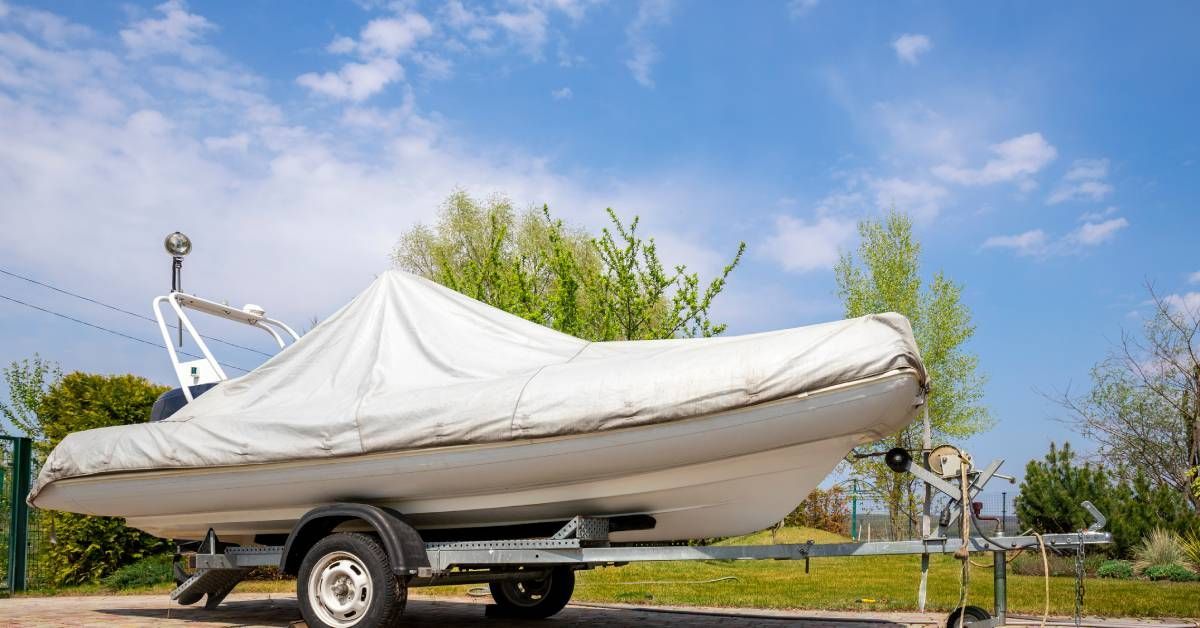How To Secure Items in a Boat House Before Transportation
Transporting a boat house comes with unique challenges. Unlike fixed structures on land, a boat house faces potential hazards during transit that, if unaddressed, can lead to damage or loss. Proper preparation is crucial to ensure the safety of your boat house, its contents, and the transportation process itself. This guide will walk you through how to secure items in a boat house before transportation , minimizing risks and giving you peace of mind.
The Importance of Securing a Boat House Before Transportation
A boat house can be a haven for relaxation, functionality, and cherished belongings. However, when it’s time to transport it, whether due to relocation, renovations, or other reasons, it becomes vulnerable to external forces like vibrations, shifts, and inclement weather conditions. Without proper preparation, the items inside can shift, break, or even become dangerous projectiles.
Beyond the contents, the structure itself requires careful attention to prevent structural damage during transport. Taking the time to secure your boat house and its contents can save you money and time in the long run.
Preparing the Boat House for Transportation
Safe and successful transport begins with preparation. This involves planning carefully, assessing potential risks, and ensuring all necessary resources and equipment are in place. A well-prepared approach minimizes unexpected issues and keeps everything running smoothly from start to finish.
Declutter Items
Start by decluttering. Remove anything unnecessary, especially fragile or rarely used items. This reduces the weight of the boat house—which can significantly improve safety and transportation efficiency—and decreases the likelihood of damage. With fewer items to secure, the process becomes more manageable.
Focus on Structural Components
Next, focus on the boat house’s structural components. Loose panels, doors, and windows are particularly at risk of movement during transport. If not properly secured or removed, they may cause damage to other components or pose safety risks. Address loose fittings immediately by securing them with fasteners or removing them entirely for the duration of the move. Consider reinforcing the overall structure as well, especially if it has weakened over time. This might include tightening screws, securing roof panels, or reinforcing corners with additional brackets.
For boat houses located in areas prone to heavy winds or irregular weather conditions, precautionary measures like sealing edges and bolstering joints with weather-resistant materials can add an extra layer of security. A structurally sound boat house withstands the rigors of transportation better and ensures your efforts to protect the interior remain uncompromised.

Securing Items Inside the Boat House
With your boat house structurally prepared, the next step is to focus on safeguarding the items stored within. Taking the time to carefully store and maintain your belongings will extend their lifespan and keep them in excellent condition when you need them.
Organize Belongings
Begin by organizing everything. Group tools and equipment based on size and weight and store them appropriately. Place heavier tools lower to avoid toppling during movement and securely tie down lighter items. This reduces the chances of instability or damage to other belongings. Use sturdy storage containers intended for transport and properly secure each one within the boat house.
Pay Special Attention to Larger Items
Furniture and appliances require special attention. These larger items can shift significantly during transport if left unsecured, causing damage to themselves, surrounding possessions, or even the boat house walls. Use ratchet straps, ropes, or heavy-duty bungee cords to anchor furniture and appliances to fixed points within the boat house. Wrapping items in protective padding or blankets can also prevent scratches and minimize damage to delicate components or finishes.
Protect Items From Environmental Factors
To protect belongings from environmental factors like dust, moisture, or rain, covering them with tarps or weather-resistant covers is essential. This is particularly important for protecting electrical appliances or sensitive tools that water exposure could easily ruin. When securing tarps, be sure to fasten them tightly to prevent flapping during transport, which could expose the items underneath or damage the covers themselves.
Secure Loose or Openable Components
One often-overlooked step is securing all doors, drawers, and lids within the boat house. Cabinets and toolboxes with loose or openable components can become problematic as vibrations during transport may cause their contents to spill or scatter. Locking these components or firmly taping them shut is a simple yet important measure.
Performing Post-Securing Checks
Once the boat house and its contents appear ready for transport, conduct a meticulous inspection. Look for anything that might shift, rattle, or be at risk of breaking during the move. Test the stability of strapped furniture, containers, and equipment by gently pushing and pulling them to confirm they won’t move.
During your inspection, double-check that all fastened elements are tight, and re-secure anything that feels loose. For added security, consider using additional support, such as extra ropes or cushioning, for items you suspect might still move. This step is critical for avoiding last-minute surprises during the transportation process.
Finally, photograph the interior and exterior of the boat house before transport. These photos will serve as a visual record of the boat house’s condition and can be helpful for insurance purposes in the unlikely event of damage during transport. Visual documentation provides peace of mind and helps protect you legally if you need to file a claim.

Choosing a Reliable Boat Transportation Company
The success of transporting your boat house doesn’t rely solely on your preparation. Choosing the right boat transportation company plays an important role in ensuring a smooth move. Seek a reputable company with experience in moving structures like boat houses. Check for testimonials, reviews, or endorsements that confirm their reliability and professionalism.
When discussing the move with a transportation provider, provide accurate details about your boat house’s size, weight, and condition. This information allows the company to plan better and choose the right equipment for the job. Additionally, ask about the insurance coverage provided during the move. While you may already have insurance for your boat house, it’s worth verifying whether the moving company covers any unforeseen circumstances during transit.
Building a trusting relationship with the movers is just as important. Clear communication and an understanding of their process will put your mind at ease during this significant undertaking. Reliable transportation professionals will also provide you with a detailed timeline and safety plan to make sure the move runs as smoothly as possible.
Preparing With Confidence
Knowing how to secure items in a boat house before transportation is no small task, but it is a vital one. By following these preparation steps, you reduce potential risks and improve the chances of a seamless move.
To protect your assets and extend the life of your boat house, connect with the experts at Coast to Coast Transportation. As a certified marine transport company, we can ensure that your boat house reaches its destination intact, helping you avoid damage and frustration during the process. Contact us today to get a quick quote!










